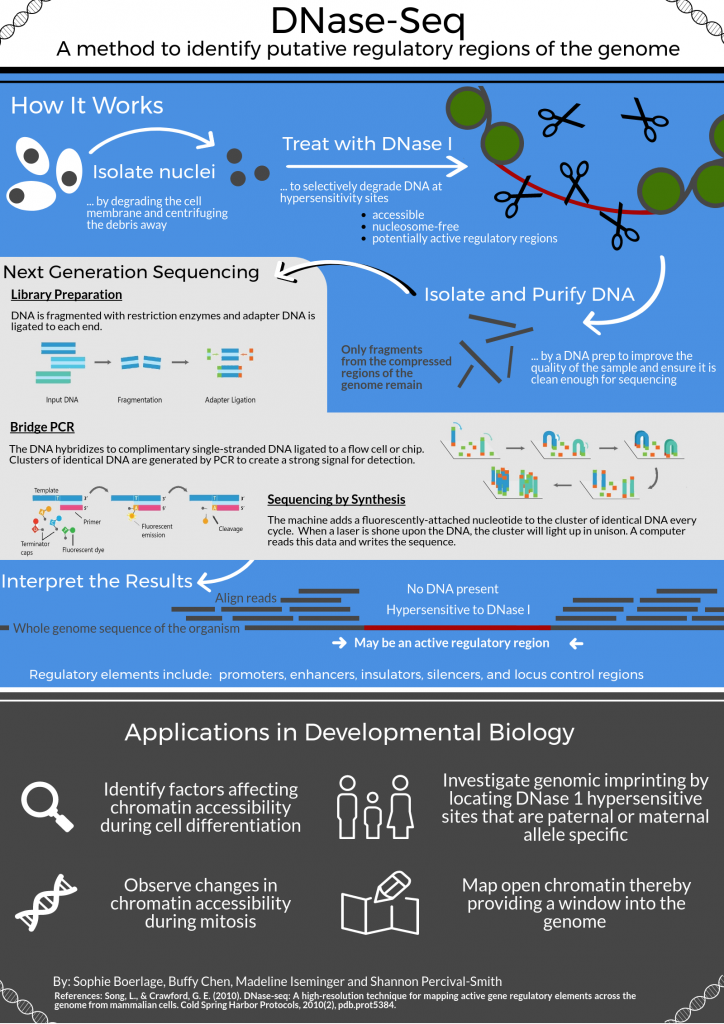CRISPR-Cas9 is a hot topic!
During Alice’s presentation, Shannon raised a question on the ethics of of genome editing with this technique. I didn’t expect the presentation to end without this question appearing from somebody in the audience as it is an important and interesting question.
The risks of this topic has been explored and published by many lab groups: off-target mutations, unintended cleavage of identical/homologous DNA sequences, efficient delivery of the system, etc.
Perhaps a question that is still too early to address at such a nascent time would be societal implication and access to CRISPR-Cas9. How would the FDA handle and integrate the possibility of this new technology? What about patent rights? To my knowledge, private biotechnology companies have already attempted to patent the technology. How would it be integrated into healthcare systems in Canada and the US? Who would have access to it? Would it be fair if those who need access for therapeutic treatments are unable to gain access because of financial reasons? What would have to be met for an individual to be in need for therapeutic treatment of CRISPR-Cas9?
CRISPR-Cas9 is a hot topic. And I’m sure I will be keeping a close eye on the integration of this technology with the rising emergence of medical genetics in our healthcare system.

